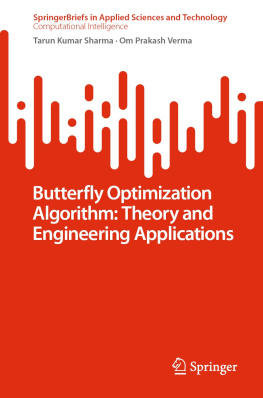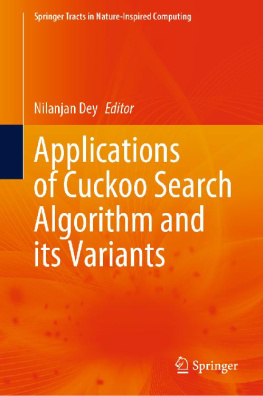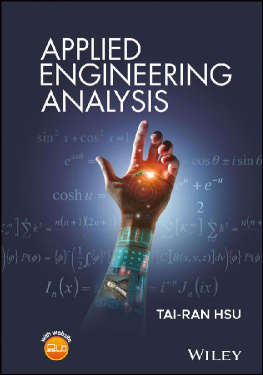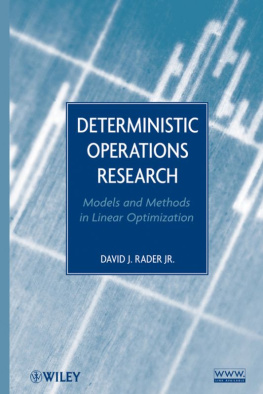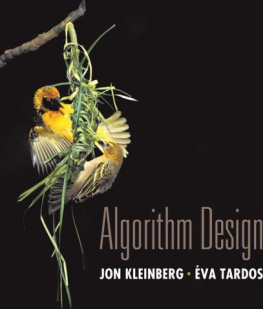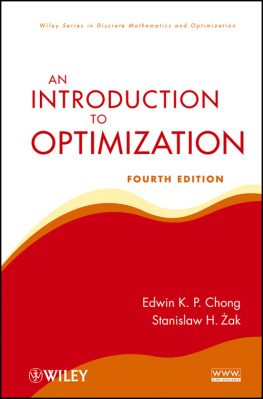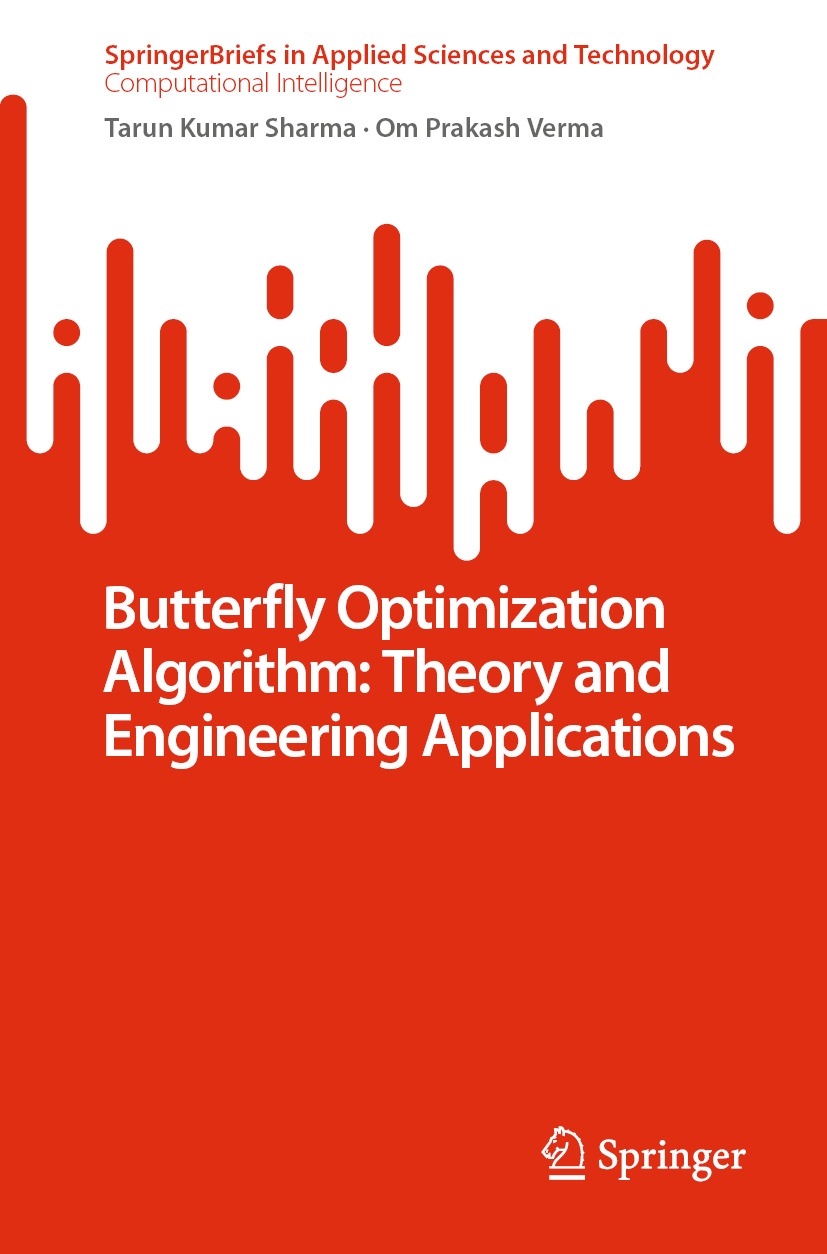SpringerBriefs in Applied Sciences and Technology SpringerBriefs in Computational Intelligence
Series Editor
Janusz Kacprzyk
Systems Research Institute, Polish Academy of Sciences, Warsaw, Poland
SpringerBriefs in Computational Intelligence are a series of slim high-quality publications encompassing the entire spectrum of Computational Intelligence. Featuring compact volumes of 50 to 125 pages (approximately 20,000-45,000 words), Briefs are shorter than a conventional book but longer than a journal article. Thus Briefs serve as timely, concise tools for students, researchers, and professionals.
Tarun Kumar Sharma and Om Prakash Verma
Butterfly Optimization Algorithm: Theory and Engineering Applications

The Springer logo.
Tarun Kumar Sharma
Department of Computer Science and Engineering, Shobhit Institute of Engineering and Technology (Deemed to-be University), Meerut, Uttar Pradesh, India
Om Prakash Verma
Department of Instrumentation and Control Engineering, Dr. B. R. Ambedkar National Institute of Technology, Jalandhar, India
ISSN 2191-530X e-ISSN 2191-5318
SpringerBriefs in Applied Sciences and Technology
ISSN 2625-3704 e-ISSN 2625-3712
SpringerBriefs in Computational Intelligence
ISBN 978-981-19-3766-8 e-ISBN 978-981-19-3767-5
https://doi.org/10.1007/978-981-19-3767-5
The Author(s), under exclusive license to Springer Nature Singapore Pte Ltd. 2022
This work is subject to copyright. All rights are solely and exclusively licensed by the Publisher, whether the whole or part of the material is concerned, specifically the rights of translation, reprinting, reuse of illustrations, recitation, broadcasting, reproduction on microfilms or in any other physical way, and transmission or information storage and retrieval, electronic adaptation, computer software, or by similar or dissimilar methodology now known or hereafter developed.
The use of general descriptive names, registered names, trademarks, service marks, etc. in this publication does not imply, even in the absence of a specific statement, that such names are exempt from the relevant protective laws and regulations and therefore free for general use.
The publisher, the authors, and the editors are safe to assume that the advice and information in this book are believed to be true and accurate at the date of publication. Neither the publisher nor the authors or the editors give a warranty, expressed or implied, with respect to the material contained herein or for any errors or omissions that may have been made. The publisher remains neutral with regard to jurisdictional claims in published maps and institutional affiliations.
This Springer imprint is published by the registered company Springer Nature Singapore Pte Ltd.
The registered company address is: 152 Beach Road, #21-01/04 Gateway East, Singapore 189721, Singapore
Preface
The brief presents hybrid variant of recently introduced Butterfly Optimization Algorithm (BOA) and its applications to solve real-world engineering design problems (linear and non-linear) with constraints, along with applications in pulp and paper industry. The results are compared with basic results available in the literature for that problem. So, this brief can also be referred as a review book for solving engineering design problems. It also describes hybridization and handling processes of the constraints.
This brief would help novel readers to understand the basic structure of algorithms, process of hybridization, and handling the constraints as well as importance of parametric statistical result analysis.
In Chap. presents modifications in the basic structure of BOA to enhance its employability. BOA is enhanced by embedding differential evolution (DE)/current-to-best/1 mutation strategy of DE optimization algorithm with a concept of bidirectional search. The complexity of the newly introduced hybrid variant is also discussed along with handling constraints.
In Chap. , the performance of a newly introduced hybrid variant, DBOA, is tested and verified on 13 unconstrained benchmark problems and 8 structural engineering design optimization problems. The proposal is further validated on 5 Himmelblaus nonlinear constrained optimization problems.
In Chap. , linear, non-linear, and bilinear with integer restrictions and nonconvex optimization problems of pulp and paper making process (Kraft pulping; load allocation to boilers; pulp drying process; and a problem of trim loss) are considered and solved.
Chapter concludes the brief with future directions and scope of the work. From the experience gained during the period of this work, it seems certain that the amount of work being done on swarm optimization algorithms is going to increase continuously. Large and ever increasing number of complex optimization problems awaits new researchers entering into the field. The work done in this brief is also going to further extend.
In the end, authors would like to thank Springer Nature team, especially Mr. Aninda Bose, Executive Editor and Ms. Divya Meiyazhagan, Project Coordinator, and all the people involved directly or indirectly in completing the process of this brief.
Tarun Kumar Sharma
Om Prakash Verma
Meerut, India Jalandhar, India
Contents
About the Authors
Dr. Tarun Kumar Sharma
holds a Ph.D. in Soft Computing from IIT Roorkee. Since June 2020, he is associated with Shobhit University, Gangoh, Saharanpur. Earlier, he worked with Amity University, Rajasthan, as Associate Professor and HeadDepartment of Computer Science and Engineering/IT as well as Alternate DirectorOutcome. He has supervised four Ph.Ds., nine M.Tech. dissertations, several MCA, and B.Tech. projects. He has over 80 research publications to his credit. He has been to Amity Institute of Higher Education Mauritius on deputation. He has availed grants from Microsoft Research India, CSIR, New Delhi, and DST, New Delhi, to visit Australia, Singapore, and Malaysia, respectively. He is Founding Member of the International Conference on Soft Computing: Theories and Applications (SoCTA Series) and Congress on Advances in Materials Science and Engineering (CAMSE). He has edited seven volumes of conference proceedings published by AISC series of Springer (SCOPUS) Publication and four edited books with Asset Analytics, Springer.
Dr. Om Prakash Verma
is currently serving as Assistant Professor in the Department of Instrumentation and Control Engineering, Dr. B. R. Ambedkar NIT Jalandhar. He holds a Ph.D. (IIT Roorkee), M.Tech. (Dr. B. R. Ambedkar NIT Jalandhar), and B.Tech. (Dr. B. R. Ambedkar University, Agra) in Polymer and Process Engineering, Process and Control and Instrumentation, and Electronics and Instrumentation, respectively. Prior to joining NIT Jalandhar, he has served extensively in academia (KIIT deemed to be University, Bhubaneswar; Bansthali Vidyapith, Rajasthan; and Graphic Era University, Dehradun). His research interests include process dynamics control and its optimization; modeling, simulation, and control; optimal, adaptive, and nonlinear control; optimization techniques; soft computing; machine and deep learning; machine/computer vision; blockchain; process design for energy efficiency. He is presently working on ISRO Sponsored Project as a PI. He has been Potential Reviewer of several international journals of high repute. He has published more than 40 research papers in SCI/Scopus/ESI indexed Journals.

